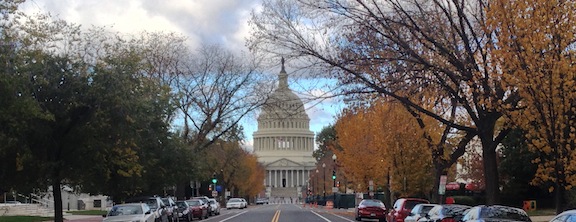
We're all familiar with Capitol Hill's beautiful tree-lined streets with a mish-mash of historic Victorian and Federal homes. But what about the Hill's secret streets? It's alleys. The term 'alley' often brings to mind images of a dark, sketchy place. A narrow, dirty, strip of pavement where a criminal is just waiting in the dark to rob you. While that may be true in another area or in another time, it is about the furthest from the truth you can get when talking about Capitol Hill's alleys (and the other alley neighborhoods throughout the City).
As Washington DC has grown and space has become premium, alley homes have shot up in availability and desirability. This isn't a recent phenomenon; it began during one of D.C's first big population booms. In the decade immediately following the Civil War, the city's population nearly doubled. Most of these new residents were recently emancipated African-Americans moving in from rural America. Most of these new residents were finding jobs as craftsmen, laborers, store clerks and domestic employees in the homes of the wealthier city residents. These people needed housing and it forced city planning and developers to respond quickly. The solution: alley homes. Middle and upper class residents lived on the main streets, so the City planners decided that the natural place working class residents would live is in alley homes.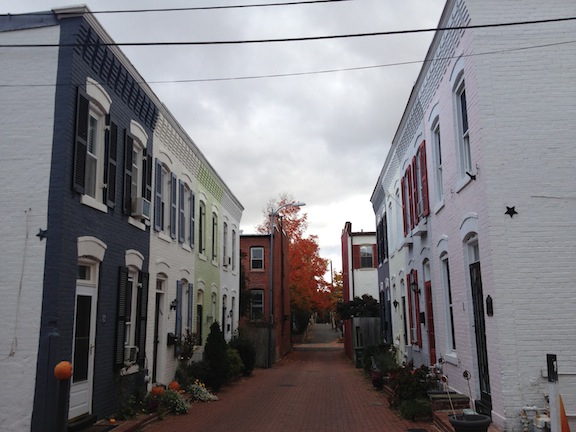
The post- Civil War alley dwelling heyday came to an end in 1892 when a law passed by Congress halted further building of alley homes. The law prohibited construction in alleys that were less than thirty feet wide and those that did not have lighting, sewage, or water pipes. For a long time, it all went downhill from there. Around the turn of the 20th century, activists (those pesky people!) started petitioning for the complete abolition of alley dwellings. After a Congressional inquiry requested by President Theodore Roosevelt, almost 400 alley homes across the city were destroyed. Not all of them were destroyed. Many found new life after being re-purposed as businesses, offices, warehouses, and garages (after the invention and eventual wide-spread use of the automobile).
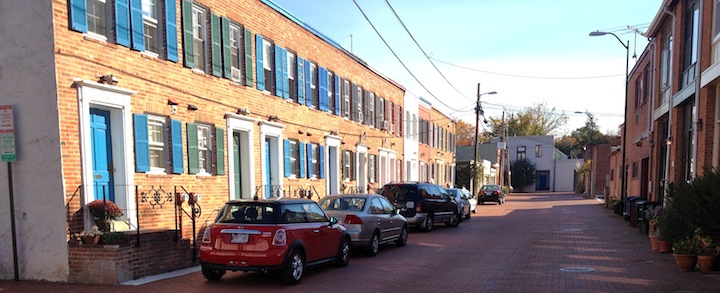
During the Great Depression, alley dwellings took a beating. Already home to the lower, working classes; those occupying alley homes were hit hard when the economy crashed in October of 1929. Crime became a more frequent occurance. Anti-alley home activism was renewed. This time around, Congressed passed the Alley Dwelling Act of 1934. This law went one step further then the law passed in 1892. The Alley Dwelling Act stated that buildings in alleys could no longer be used as housing and that all alley homes had to be empty by July 1st, 1944. However, World War II broke out and the subsequent post-war baby boom resulted in yet another housing shortage that postponed alley compliance with the 1934 legislation. In 1954, the ban was successfully repealed and alley homes began to make their comeback once more.
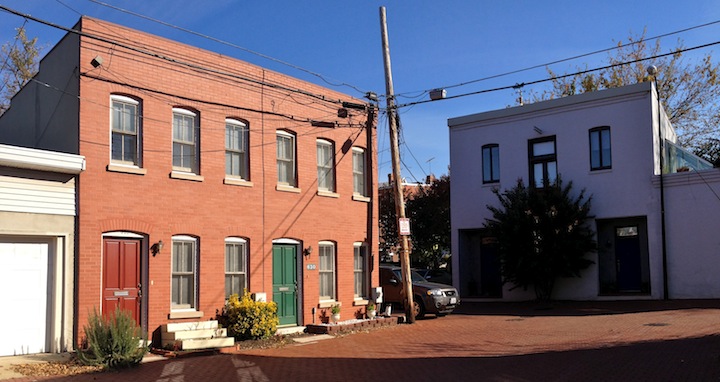
Many of DC's alleys did, unfortunately, experience hard times after 1954. Many were abandoned and as such, were used by criminals. Make-shift chop shops, drug deals, and prostitution rings all popped up in empty alley homes. Slowly but surely, city residents began to reclaim the alley dwellings. There was a lot of work to be done though. Many homes needed serious renovations after years in disrepair. For a while there wasn't even trash pick-up by the city. Once the bureaucratic red tape began to clear in the mid to late 1970s, things moved at a quicker pace. 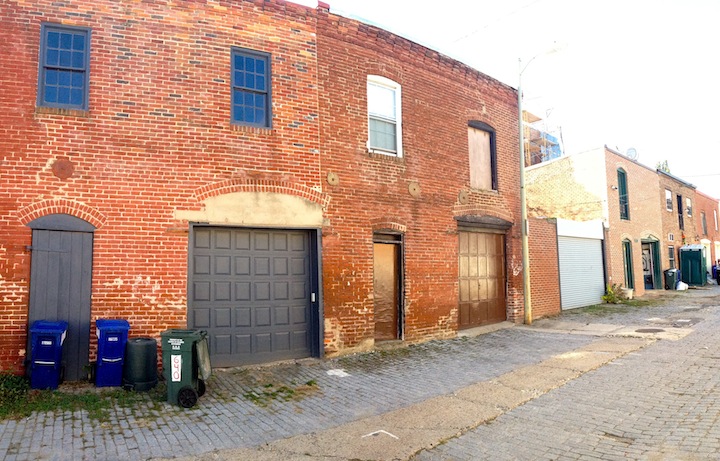
Nowadays, alley dwellings are sought after homes. There is as much variety to them as there are to the homes on the main streets. Alley homes consist of models such as small row houses and converted garages and carriage houses. Most are one bedroom homes but some run a little bigger. Many have small, landscaped yards or quaint private patios. Alleys dwellings are a great way to live in a bustling urban area while maintaining a quieter, more relaxed vibe. If you decide you have too much 'stuff' and need to downsize, alley dwellings are also a perfect condo alternative. They really are great streets with fantastic homes that have a wonderful and unique character all their own. Advancements in technology have helped peak interest in alley homes. The District Alley Dwellers Alliance even has a online community page for all those living in allley homes in Washington DC and those who are just curious about them. 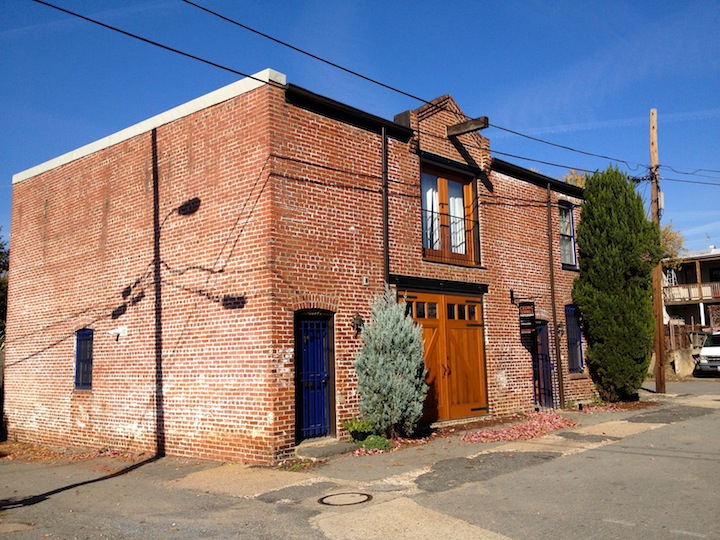
Capitol Hill has no shortage of awesome alley dwellings. Brown's Court SE is stretched between Independence Ave SE and 6th Street SE. Walker Court between 11th Street SE and 12th Street SE. Groff Court NE runs between 3rd Street NE and 4th Street NE. Library Court SE, near the Library of Congress building, is located between Independence Ave SE and A Street SE. Adolf Cluss Court SE stretches between C Street SE and D Street SE, not far from the Historic Eastern Market which he designed while working as an architect. Nearby Congressional Cemetary is Freedom Way, a row of alley dwellings that runs between Potomac Ave SE and Barney Circle SE. Gessford Court SE between 11th Street SE and 12th Street SE. Many of the dwellings still have most of their original historical features and are just as beautiful as any of the homes on the main streets. In contrast, some have been updated with a real modern flair and their unique contempoary designs are also eye-catchers. Go for a walk sometime when the weather is nice and check them out! With the renewal of interest in alley dwellings, it makes us curious to see what will pop up next!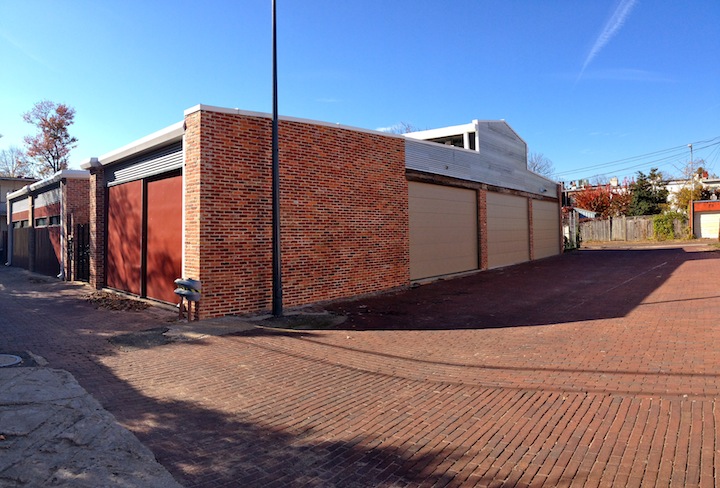
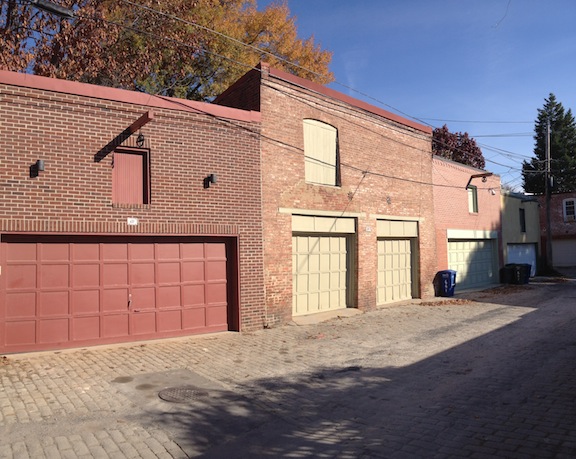
Thanks for reading out blog. We live, work and Love Capitol Hill. Our office is right at Eastern Market. Contact us to find your unique house on Capitol Hill. We know Capitol Hill.

Leave A Comment